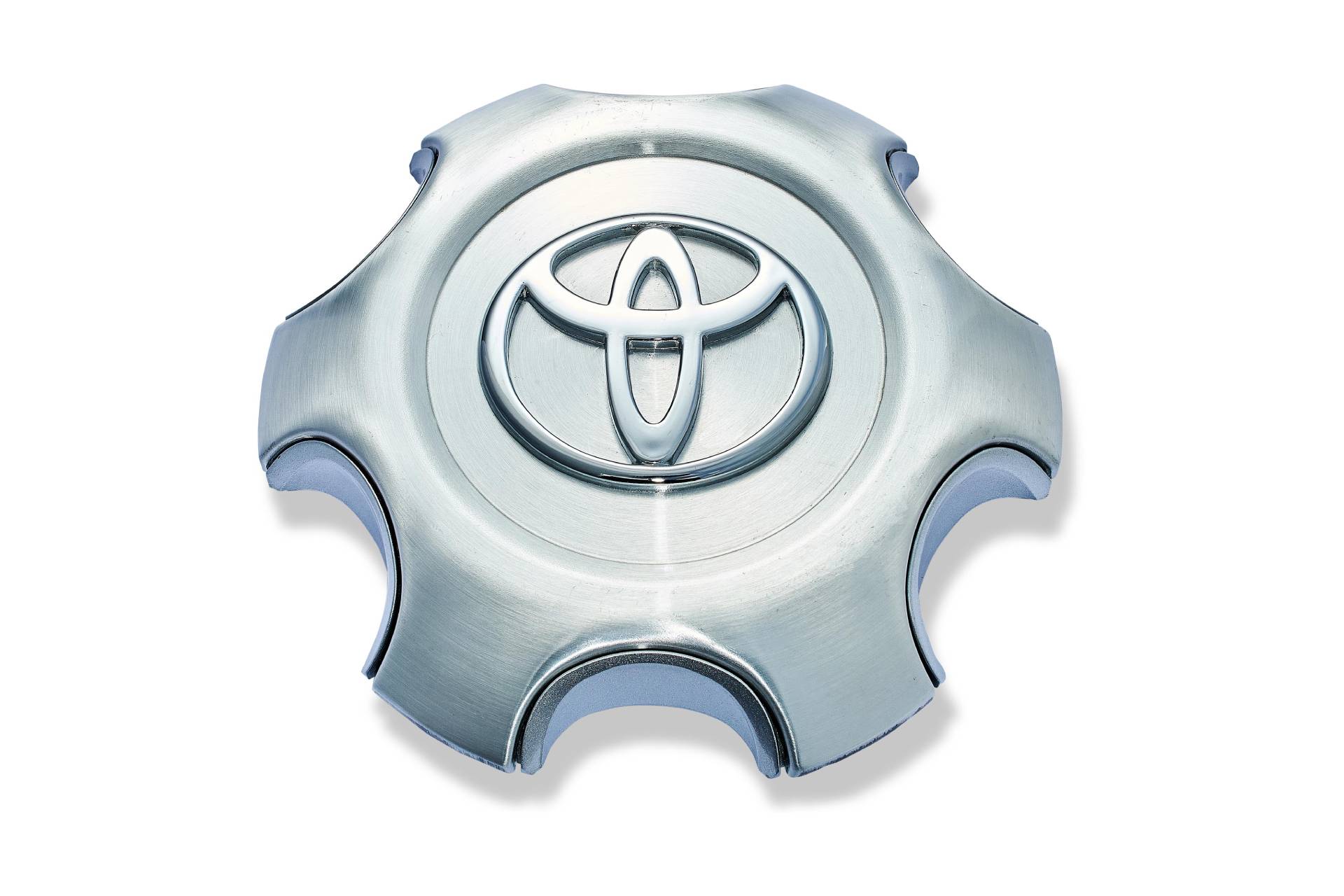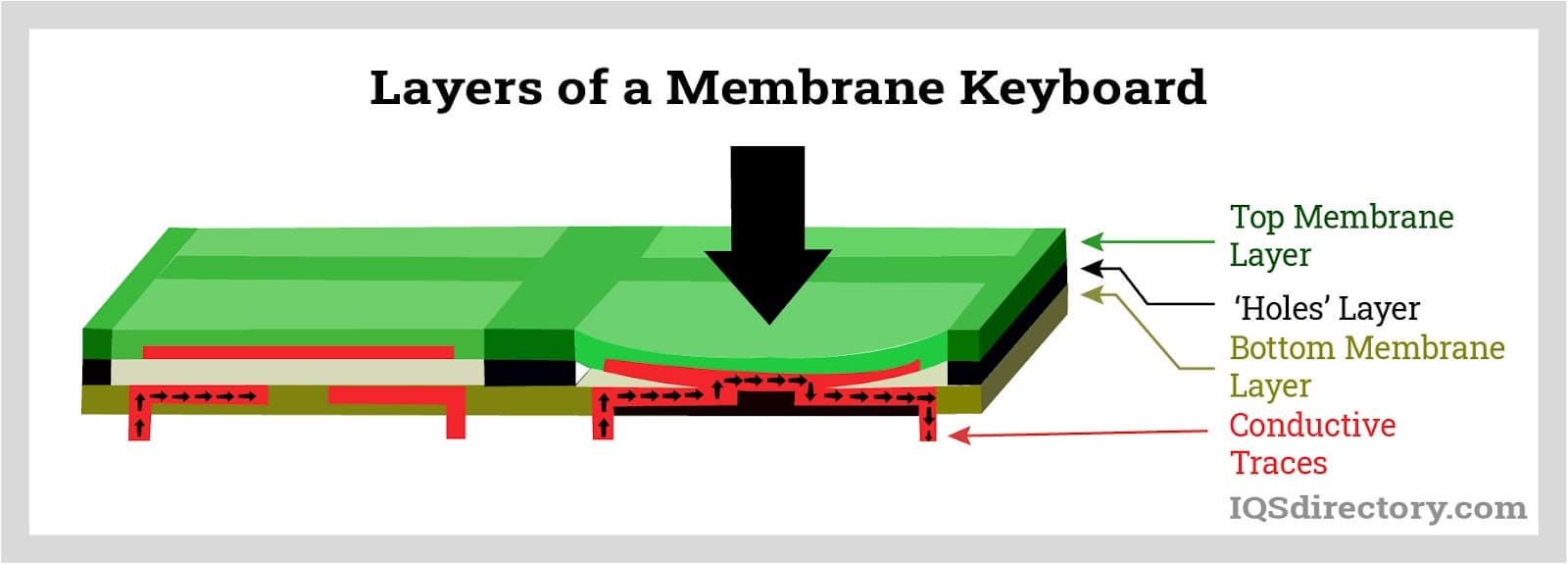Membrane switch integration strategies for automated manufacturing
Everything About Membrane layer Change: A Comprehensive Guide for Beginners
Membrane layer switches are vital parts in modern-day electronics, supplying a special interface for user interaction - membrane switch. Their split construction, consisting of overlays and conductive traces, gives capability and sturdiness. Unlike traditional mechanical buttons, membrane buttons provide a streamlined style and personalized alternatives. Comprehending their key functions and advantages can transform product style. However, the ins and outs of their application and design factors to consider call for more exploration
What Is a Membrane Switch over?
A membrane switch is a sort of electric button that includes a versatile membrane layer layered over a published circuit board. This layout enables a portable and sleek user interface, usually utilized in different digital devices. Membrane buttons are generally located in consumer devices, clinical tools, and commercial machinery because of their durability and resistance to environmental factors.The construction usually consists of multiple layers, such as graphic overlays and sticky backing, which supply responsive responses and protect the circuitry underneath. The operation of a membrane button is started when stress is used to the surface area, completing an electrical circuit.These buttons are valued for their versatility, enabling personalized layouts and printed graphics that satisfy particular interface. Their inconspicuous nature minimizes space needs, making them optimal for applications where standard buttons might not fit. Overall, membrane layer buttons use a visual and useful option for contemporary digital devices.
Trick Elements of Membrane Switches
Membrane layer changes make up several vital components that contribute to their functionality and efficiency. The leading layer, understood as the overlay, gives the interface and is usually published with graphics or signs. Below the overlay lies a spacer layer, which divides the conductive aspects and avoids unintended activation. The next vital part is the graphic layer, which boosts aesthetic appeals and ensures the resilience of the design.Conductive traces, typically made from products like silver or carbon, are printed on the circuit layer. When pressure is used to the overlay, these traces enter contact, finishing the circuit. Furthermore, a support layer provides architectural support and can be made from products such as polyester or polycarbonate. With each other, these elements create a trustworthy, user-friendly user interface suitable for different applications, from household devices to industrial tools. Comprehending these elements is necessary for any individual thinking about membrane layer switch innovation.
How Membrane Layer Switches Job
Recognizing how membrane switches function is crucial for appreciating their widespread use in various gadgets. A membrane layer switch operates with a series of layers, consisting of a visuals overlay, spacer, and a circuit layer. When pressure is used to the overlay, it presses the spacer layer, enabling the circuit layer to make call and complete an electrical circuit. This activity sends out a signal to the tool, prompting a reaction, such as activating a light or turning on a function.Membrane switches over can be designed with various functions, consisting of responsive comments, backlighting, and custom graphics, improving individual communication. Their building and construction permits a closed style, shielding the inner parts from dirt, wetness, and pollutants. This durability makes them suitable for varied applications, from consumer electronics to industrial equipment. Overall, the simpleness and effectiveness of membrane layer switches over add to their appeal in contemporary technology.
Advantages of Membrane Switches Over Mechanical Switches
While mechanical buttons have actually long been a staple in several tools, membrane layer switches offer distinct benefits that make them significantly appealing. One considerable advantage is their slim account, permitting for even more small designs and better flexibility in item advancement. Furthermore, membrane layer switches over attribute an uniform surface, which boosts visual charm and simplifies cleansing, making them appropriate for settings where health is critical.Another benefit is their resistance to dust and dampness. Unlike mechanical buttons, which can be endangered by ecological aspects, membrane buttons supply a covered user interface that safeguards versus pollutants - membrane switch. Furthermore, membrane layer buttons commonly have a longer life expectancy due to less relocating parts, causing improved resilience and reliability.Cost-effectiveness is also a remarkable advantage, as membrane layer switches can be created in mass with lower manufacturing prices. These aspects combine to position membrane layer switches as a sensible option to typical mechanical choices in various applications
Common Applications of Membrane Switches Over
Membrane buttons are widely used in different sectors, specifically in consumer electronic devices and commercial control panels. In consumer gadgets, they give a sleek, easy to use user interface, while in industrial setups, they enhance sturdiness and capability. Understanding these applications highlights the versatility and functionality of membrane layer buttons in modern-day innovation.
Customer Electronic Devices Devices
As consumer electronics proceed to evolve, membrane switches have ended up being a popular option for a range of gadgets because of their convenience and sleek style. These buttons are frequently located in smart devices, click here to read tablets, and push-button controls, where area is restricted and appearances issue. Their low account and adjustable styles allow producers to develop easy to use user interfaces that improve the general user experience. In addition, membrane layer buttons are commonly utilized in appliances such as microwaves and coffee machine, giving instinctive control alternatives while withstanding dampness and dust. The longevity and integrity of membrane switches make them appropriate for daily consumer items, making sure long life and regular efficiency. In general, their integration in customer electronic devices mirrors a blend of functionality and modern-day style.
Industrial Control Panels
The applications of membrane layer switches over prolong beyond customer electronics, finding significant usage in industrial control board. These switches are preferred for their toughness and resistance to severe settings, making them suitable for manufacturing and process control setups. They give a dependable interface for drivers to control equipment, monitor procedures, and change settings. Membrane layer switches can be personalized to match specific functional needs, integrating features like backlighting and responsive comments, improving user experience. Their inconspicuous layout enables assimilation into check my source different tools, while their ability to withstand spills, dirt, and severe temperatures assurances longevity. Overall, membrane layer switches add to risk-free and effective procedure in industrial applications, showing their flexibility and efficiency popular environments.
Considerations for Creating Membrane Changes
When making membrane buttons, selecting the best products is vital to guarantee longevity and functionality. Furthermore, comprehending layer arrangement strategies can considerably affect the switch's performance and user experience. These considerations play a vital function in creating reliable and trusted membrane layer button styles.
Material Choice Relevance
Material selection plays an important role in the design and functionality of membrane buttons. The picked materials directly impact the switch's resilience, tactile feedback, and general visual. Trick considerations include the substrate, which need to give structural stability while enabling flexibility, and the visuals overlay, which requires here are the findings to be resistant to use and environmental aspects. Conductive products ought to guarantee trusted electric performance, while adhesives should offer solid bonding without endangering the button's operation. Additionally, compatibility with making processes and end-user atmospheres is important; products need to stand up to varying temperature levels, moisture levels, and chemical direct exposure. Eventually, proper material option not only boosts the membrane switch's efficiency yet likewise adds to its long life and user contentment, making it a crucial aspect of the layout process.

Layer Setup Strategies

Often Asked Inquiries
For How Long Do Membrane Layer Changes Typically Last?
Membrane buttons typically have a life-span of 1 to 5 million cycles, depending upon usage and environmental problems. Factors such as style high quality and operating regularity significantly affect their durability and general efficiency durability.

Can Membrane Layer Switches Be Personalized for Certain Designs?
Membrane layer buttons can certainly be customized to accommodate details designs, enabling diverse forms, colors, and functionalities. This flexibility makes it possible for suppliers to tailor these switches to fulfill special visual and functional needs effectively.
What Materials Are Made Use Of in Membrane Layer Switch Over Building And Construction?
Membrane buttons are commonly built using products such as polyester, polycarbonate, and glue layers. These materials give resistance, toughness, and flexibility to ecological elements, guaranteeing the switches function efficiently in numerous applications and conditions.
Are Membrane Switches Immune or water-proof to Dampness?
Membrane layer buttons can be designed to be moisture-resistant, making use of specialized coverings and products. Nevertheless, their water-proof capacities depend on building high quality and particular applications, making it crucial to assess requirements for optimal efficiency in numerous environments.
Just How Are Membrane Switches Repaired if Harmed?
Fixing broken membrane switches over typically entails changing the influenced layer or circuit. Professionals might additionally apply conductive glue or make use of specialized fixing sets, making sure performance is recovered without full replacement of the entire button setting up. Unlike standard mechanical buttons, membrane layer buttons provide a sleek layout and adjustable alternatives. A membrane layer switch is a type of electric switch that is composed of a flexible membrane layer layered over a published circuit board. The operation of a membrane layer switch is initiated when pressure is used to the surface area, completing an electric circuit.These switches are valued for their versatility, enabling custom-made layouts and printed graphics that provide to certain individual interfaces. While mechanical switches have long been a staple in lots of devices, membrane layer changes deal unique benefits that make them progressively appealing. Membrane layer switches typically have a longer lifespan due to less moving components, resulting in enhanced durability and reliability.Cost-effectiveness is likewise a notable benefit, as membrane layer buttons can be created in mass with lower production expenses.